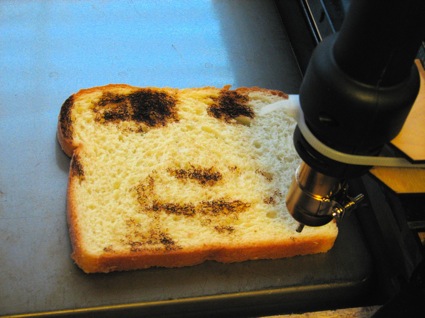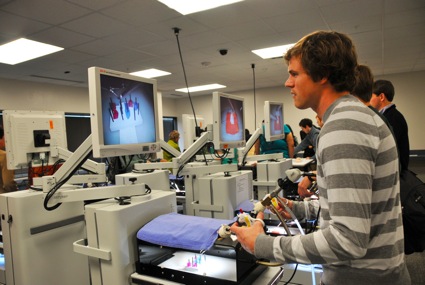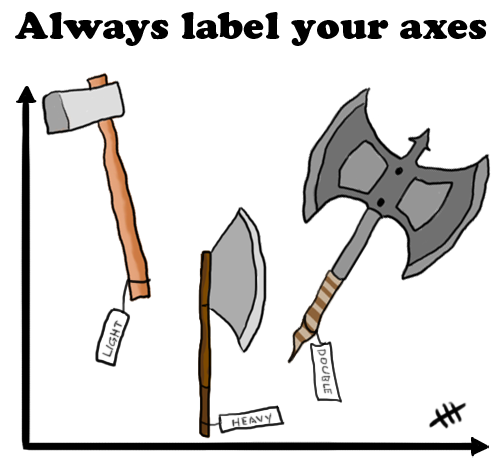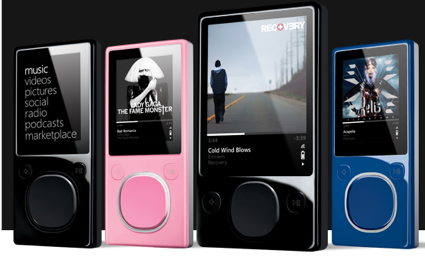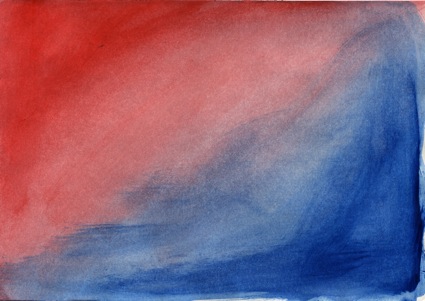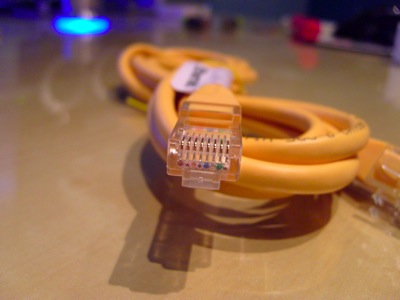Do any tablets support switching the virtual keyboard from Qwerty to Dvorak?

Ævar Arnfjörð Bjarmason with An anecdote on switching from the QWERTY layout to Dvorak:
I started using Dvorak because a year or so into my first tech job I started getting RSI from typing, it was at the point where I'd often spend long stretches of time just browsing around code formulating my next steps (which would involve minimal typing) instead of actually doing anything, since the doing would mean pain in my hands.
I'd been touch-typing in the sense that I never needed to look at the keyboard for years, but with the QWERTY layout my touch-typing would be really ad-hoc, my hands would hover over the keyboard jumping from place to place while I was typing.
So long story short I found out about the Dvorak layout, how it was supposedly more ergonomic and decided to give it a shot, could turkey. My method of doing this was to print out a copy of the Dvorak layout from Wikipedia (attached) and glue it to my monitor. Then I'd type really slowly with the keyboard in my lap under the table (my usual working posture at the time).
It took me around 3 hours or so to be able to do any sort of basic typing with Dvorak, 3 days not to type painfully slowly, 3 weeks to type at some approximation of reasonable speed, and 3 months to get back to the speed I typed when I was using QWERTY.
One thing I noticed within a couple of hours of starting to use Dvorak was that it felt like much less effort, with QWERTY my hands would jump all over the keyboard, whereas with Dvorak you feel more like your hands keep gliding from place to place and don't jump around as much.
The reason for this is that with Dvorak you end up typing more on the home row (around 70% of strokes with English text instead of around 30% with QWERTY), that Dvorak is arranged so you're more likely to alternate between your hands, and that the keys are explicitly arranged so the hand movements are more natural. There's some more coverage of this in the Wikipedia article about the layout.
To sum this all up from what I remember about using QWERTY Dvorak is much better, and I haven't had any RSI ever since switching to it.










